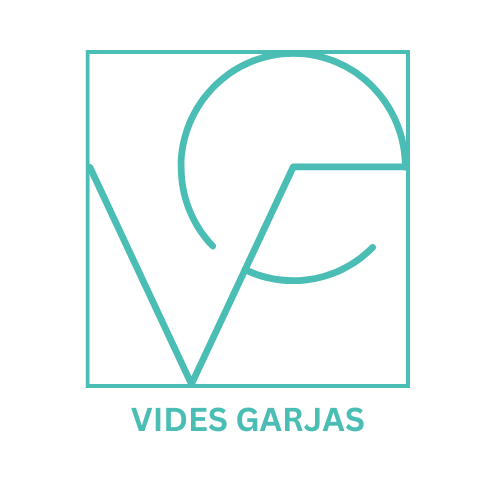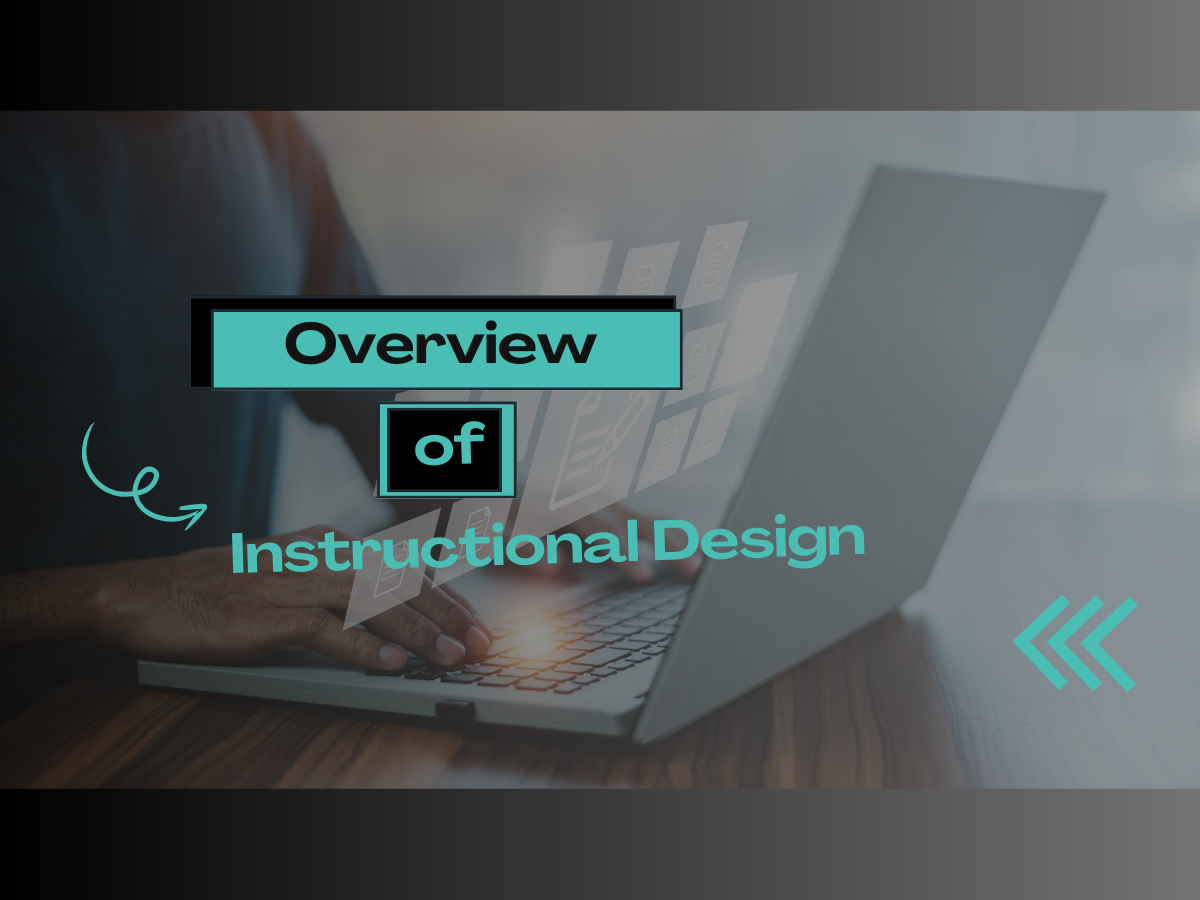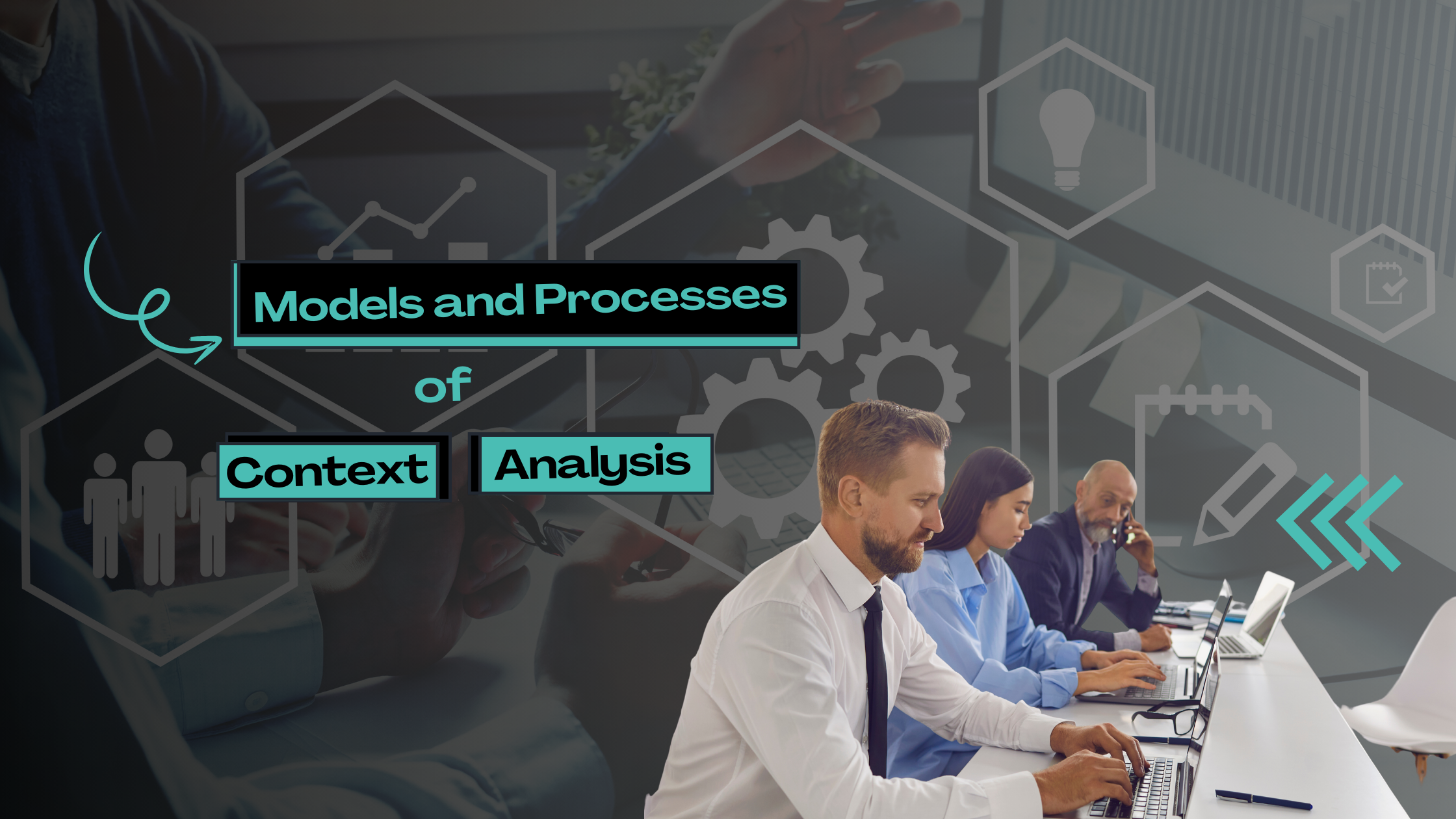At the start of the course, we covered several learning theories, each offering a distinct lens for understanding how people learn. Behaviorism focused on using rewards and consequences to reinforce behavior—something I recognized from my own teaching experience. Constructivism emphasizes how learners build knowledge through personal experiences. That perspective helped me see that learning involves more than taking in information; it requires connecting new ideas to past experiences.
Connectivism stood out the most for me, especially considering how much technology influences learning today. This theory framed knowledge as something distributed across networks, shaped through connections with both people and digital tools. The concept of learning through online communities and shared resources made me rethink the value of collaborative spaces and digital interactions. Engaging with different viewpoints through these platforms adds depth to the learning process.
As I explored these theories, I started to think more critically about motivation. While personal interest plays a major role, external factors like deadlines, grades, and peer pressure can also shape a learner’s drive. Recognizing these influences helped me understand why staying motivated isn’t always straightforward—it requires managing both internal goals and outside expectations.
The theories also shifted how I view collaboration and support. Understanding what drives different learners makes it easier to respond to their needs, whether through group work or individual check-ins. I used to believe that hard work alone guaranteed success, but I’ve since come to value the role of self-efficacy, clear goals, and focused strategies.
Like many students, I move between feeling confident and feeling uncertain. I’ve found that mindset, organization, and self-regulation help me stay grounded. Stress still shows up, but having systems in place makes it easier to stay focused and adapt to challenges.
I plan to apply these insights to set learning goals that support both academic and career development. I’ll stay open to flexible strategies and use what I’ve learned to build a process that works for me. Growth doesn’t follow a single path, but with the right tools and a steady mindset, progress always feels possible.




